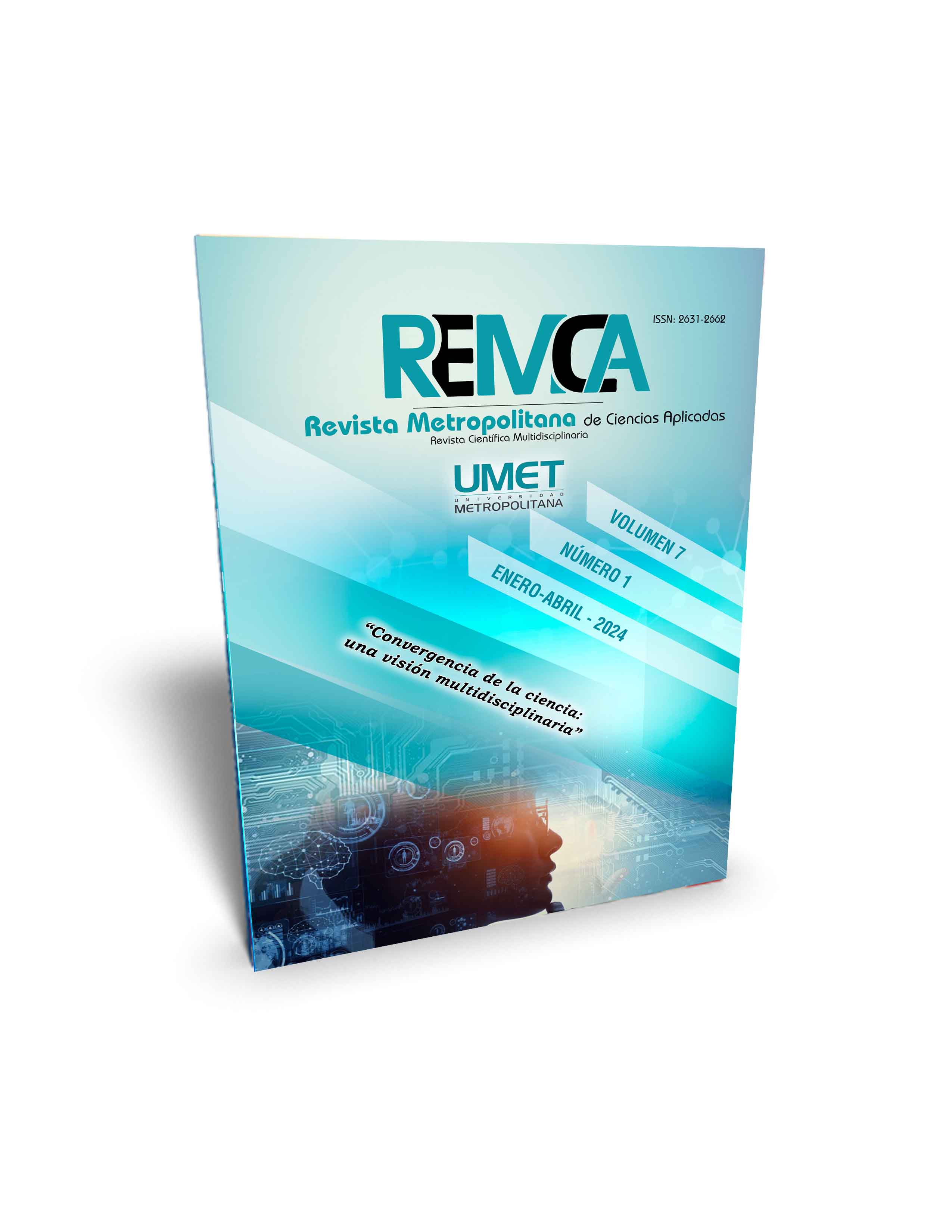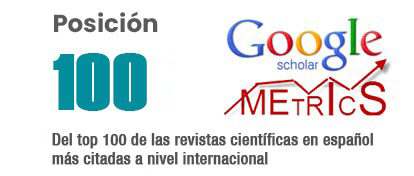Effect of beneficial microorganisms on growth and development of soybean cultivation
DOI:
https://doi.org/10.62452/jccyc931Keywords:
Microorganisms, soybean, effect, morphologicalAbstract
Nowadays, beneficial microorganisms such as Trichoderma harzianum and Beauveria bassiana are widely used in agriculture, due to the benefits they can provide. The objective of the research was to evaluate the effect of beneficial microorganisms on the morphological parameters of the soybean crop (Glycine max (L.) Merril, El Oro, Ecuador. A latin square design was executed in which the study factor microorganisms was manipulated, where the treatments were divided into: T. harzianum (T1), B. bassiana (T2), Trichoderma + Beauveria (T4) and control (T4), replicated four times, forming 16 experimental units, with a dimension of 3 m x 2 m and in each treatment the application of the different microorganisms will be carried out, having also a control treatment, which will serve as a reference to see the different reactions and behaviours that the crop can have, in turn, in each unit there are a total of 25 plants that are established with a “staggered” planting system, of which only the plants in the centre will be evaluated, leaving the plants on the sides as a border effect, and morphological variables were also evaluated. The results showed that in the Trichoderma + Beauveria treatment, a greater effect of the microorganisms on the variables studied was observed. It was concluded that these joint effects demonstrate a beneficial synergy of these microorganisms in the healthy development of soybean plants.
Downloads
References
Alarcon, J., Recharte Pineda, D. C., Yanqui Díaz, F., Moreno LLacza, S. M., Buendía Molina, M. A., Alarcon Camacho, J., Recharte Pineda, D. C., Yanqui Díaz, F., Moreno LLacza, S. M., & Buendía Molina, M. A. (2020). Fertilizar con microorganismos eficientes autóctonos tiene efecto positivo en la fenología, biomasa y producción de tomate ( Lycopersicum esculentum Mill). Scientia Agropecuaria, 11(1), 67–73.
Alvarado, V. (2017). Efecto de microorganismos benéficos en el crecimiento y desarrollo de plántulas de aguacate (Persea americana) para los valles interandinos del Ecuador. (Trabajo de titulación). Universidad de Las Américas.
Ávila-Miramontes, J., Padilla, G., Martínez, D., Rivas, F., Coronado, M., & Ortega, P. (2015). Respuesta de algunos componentes del rendimiento del cultivo de garbanzo (Cicer arietinum L.) a la inoculación de Mesorhizobium ciceri, Trichoderma harzianum y Bacillus subtilis en la región agrícola de la costa de Hermosillo. Biotecnia, 17, 1–8.
Ayvar-Serna, S., Díaz-Nájera, J., Ochoa-Bahena, J., & Apáez-Barrios, M. (2022). Control biológico con Beauveria bassiana Y Paecilomyces spp. Contra Meloidogyne incognita Kof. Chit. En cilantro. Foro de Estudios sobre Guerrero, 8(1), 76–82.
Ceiro, W. G., Gaibor Fernández, R. R., Vargas Gálvez, C. A., Botello Guevara, H., Bonilla Landaverry, G., & Sosa Sánchez, O. (2023). Microorganismos autóctonos como alternativa para la biofertilización de Glycine max (L.) Merrill. Agronomía Mesoamericana, 34(2).
González-León, Y., Ortega-Bernal, J., Anducho-Reyes, M. A., & Mercado-Flores, Y. (2022). Bacillus subtilis y Trichoderma: Características generales y su aplicación en la agricultura. TIP Revista Especializada En Ciencias Químico-Biológicas, 25.
Harman, G. E., Howell, C. R., Viterbo, A., Chet, I., & Lorito, M. (2004). Trichoderma species - Opportunistic, avirulent plant symbionts. Nature Reviews Microbiology, 2(1), 43–56.
Hidalgo, J. (2017). La situación actual de la sustitución de insumos agroquímicos por productos biológicos como estrategia en la producción agrícola: El sector florícola ecuatoriano. (Tesis de maestría). Universidad Andina Simón Bolívar.
Holdridge, L. R. (1947). Determination of World Plant Formations From Simple Climatic Data. Science, 105(2727), 367–368.
Joshi, H., duttand, S., Choudhary, P., & Mundra, S. L. (2019). Role of Effective Microorganisms (EM) in Sustainable Agriculture. International Journal of Current Microbiology and Applied Sciences, 8(03), 172–181.
Martanto, E. A., Tanati, A. E., Baan, S., Tata, H. R., & Murdjoko, A. (2020). Effectiveness of biological control of trichoderma harzianum on soybean leaf rust disease and the production in west papua lowland, indonesia. Biodiversitas, 21(5), 1935–1939.
Ordoñez, Y. (2018). Evaluación de tres tipos de bocashi con la aplicación de microorganismos eficientes, elaborados con residuos orgánicos de las UPAs de la parroquia san pablo de tenta del cantón Saraguro. (Trabajo de titulación). Universidad Nacional de Loja.
Pérez, E. (2017). Evaluación del efecto agronómico de dos tipos de micorrizas en el establecimiento de cultivos meristemáticos en banano (Musa acuminata AAA) en fase de vivero, cantón Yaguachi, provincia del Guayas. (Trabajo de titulación). Universidad Católica Santiago de Guayaquil.
Pourrut, P. (1995). El agua en el Ecuador : clima, precipitaciones, escorrentía (Vol. 7). Colegio de Geógrafos del Ecuador.
Quezada, N., Jaramillo Aguilar, E. E., Luna Romero, A. E., Vega Mora, W. A., & Barrezueta Unda, S. (2023). Geotemperatura, flujo neto de calor del suelo y variables morfológicas del cultivo de soya (Glycine max L.) bajo condiciones de mulch plástico. Manglar, 20(1), 31–39.
Salinas, R., & Soriano, B. (2014). Efecto de Trichoderma viride y Bradyrhizobium yuanmingense en el crecimiento de Capsicum Annuum en condiciones de laboratorio. Rebiolest, 2, 1–13.
Sandrakirana, R., & Arifin, Z. (2021). Effect of organic and chemical fertilizers on the growth and production of soybean (Glycine max) in dry land. Revista Facultad Nacional de Agronomia Medellin, 74(3), 9643–9653.
Soto Valenzuela, J., Catuto Suárez, A., & Álvarez-Vera, M. (2021). Evaluación del crecimiento y nodulación de plantas de soya (Glycine max) inoculadas con Rhizobium y Bradyrhizobium japonicum en Manglaralto, Santa Elena (Ecuador). Revista Científica y Tecnológica UPSE, 8(2), 27–32.
Viera-Arroyo, W. F. (2020). Rol de los microorganismos benéficos en la Agricultura Sustentable Role of beneficial microorganismos in Sustainable Agriculture. Selva Andina Biosphere, 8(2), 67-68.
Villaseñor-Ortiz, D., de Mello Prado, R., Pereira da Silva, G., & Lata-Tenesaca, L. F. (2022). Applicability of DRIS in bananas based on the accuracy of nutritional diagnoses for nitrogen and potassium. Scientific Reports, 12(1).
Downloads
Published
Issue
Section
License
Copyright (c) 2024 Marco Elías Cujano-Alcivar, Wilmer Stalin González-Vega, Ángel Eduardo Luna-Romero, Irán Rodríguez-Delgado (Autor/a)

This work is licensed under a Creative Commons Attribution-NonCommercial-ShareAlike 4.0 International License.
Authors who publish in Revista Metropolitana de Ciencias Aplicadas (REMCA), agree to the following terms:
1. Copyright
Authors retain unrestricted copyright to their work. Authors grant the journal the right of first publication. To this end, they assign the journal non-exclusive exploitation rights (reproduction, distribution, public communication, and transformation). Authors may enter into additional agreements for the non-exclusive distribution of the version of the work published in the journal, provided that acknowledgment of its initial publication in this journal is given.
© The authors.
2. License
The articles are published in the journal under the Creative Commons Attribution-NonCommercial-ShareAlike 4.0 International License (CC BY-NC-SA 4.0). The terms can be found at: https://creativecommons.org/licenses/by-nc-sa/4.0/deed.en
This license allows:
- Sharing: Copying and redistributing the material in any medium or format.
- Adapting: Remixing, transforming, and building upon the material.
Under the following terms:
- Attribution: You must give appropriate credit, provide a link to the license, and indicate if any changes were made. You may do this in any reasonable manner, but not in any way that suggests the licensor endorses or sponsors your use.
- NonCommercial: You may not use the material for commercial purposes.
- ShareAlike: If you remix, transform, or build upon the material, you must distribute your creation under the same license as the original work.
There are no additional restrictions. You may not apply legal terms or technological measures that legally restrict others from doing anything the license permits.




